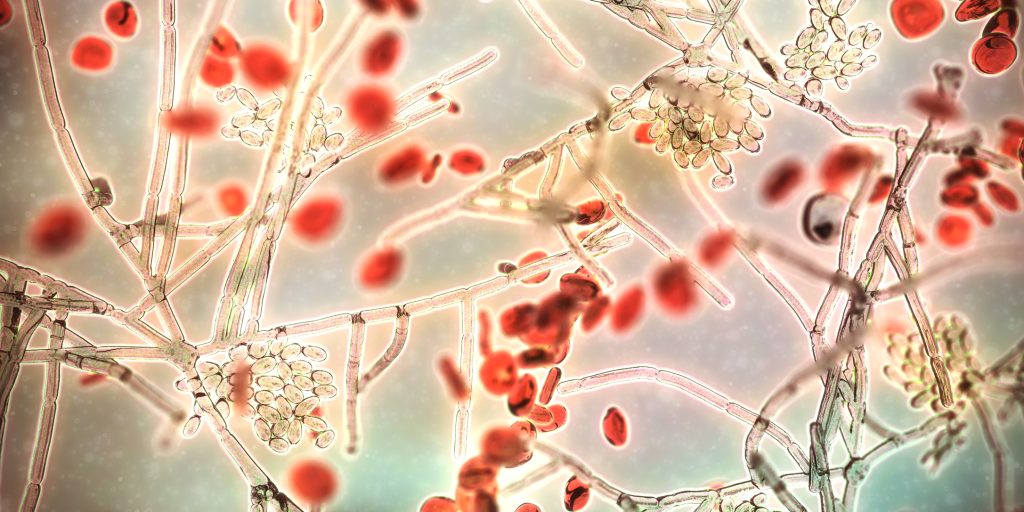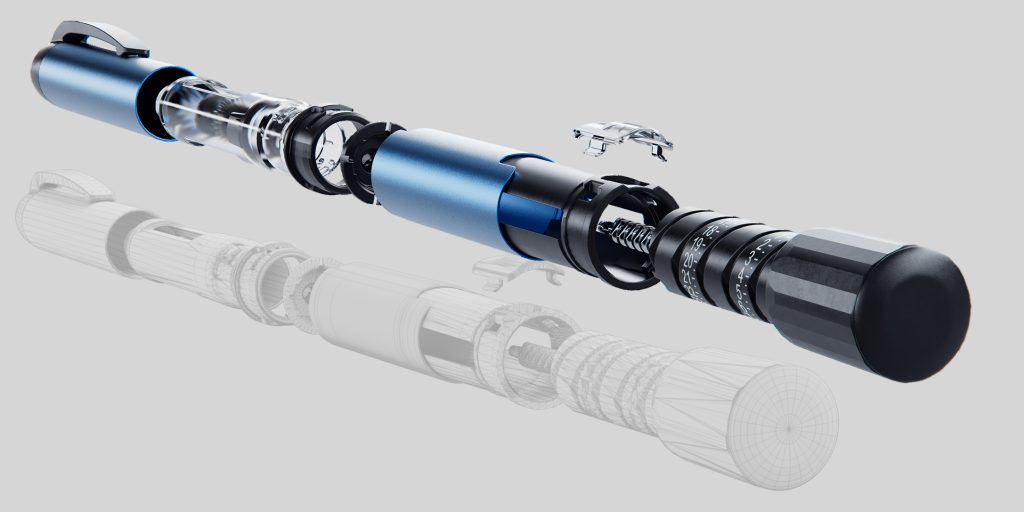We moved!
We love our new space! We had a great experience creating and building out our new office with LHB and Doran. We worked closely with LHB architects to combine the building’s simple concrete and glass facade with our appreciation for all things mid-century to create a studio that provides multiple screening elements for separate work activities while still allowing natural light to penetrate deep into the…
Medical Illustration 30th Cover
We were honored and thrilled to have this artwork featured on the cover of the Medical Illustration Sourcebook (30th ed). This illustration was also made into an animation and featured on NBC Nightly news.
Our Render Farm
In this industry, achieving exceptional results relies on powerful computing resources to bring projects to completion. We are proud to operate one of the largest in-house render farms available, enabling us to produce high-quality work at an exceptional speed with rapid turnaround times. Our robust servers allow us to effectively manage the rendering stage of your project while meeting deadlines and…
3D Product Photography
3D rendering techniques offer an unparalleled ability to create strikingly realistic visuals that can be mistaken for real photographs. By employing advanced lighting, shading, and texture rendering, these images achieve an authenticity that captivates and engages viewers like never before. Product photography is an effective way to showcase products and offers several valuable benefits: 1. Cost-Effective– Using a 3D model of…




